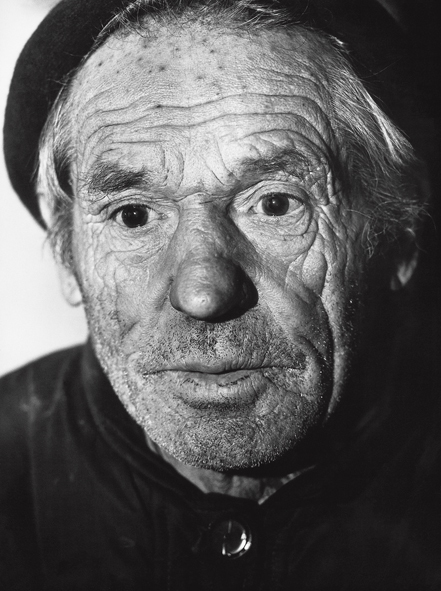
Portrait of Uncle Petras, Kluoniskia, 1992. Gelatin silver print. 60 x 50 cm. |
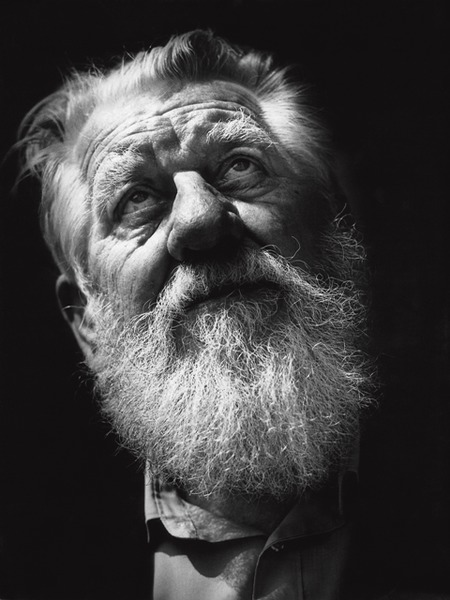
Lithuanian of the world. Architect Jonas Pajaujis, Vilnius, 1970. Gelatin silver print. 60 x 50 cm. |
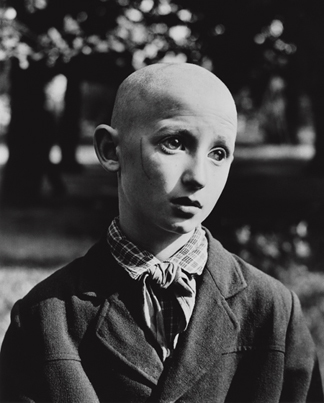
School for the Blind Children, Blind Pioneer, Kaunas, 1962. Gelatin silver print. 60 x 50 cm. |
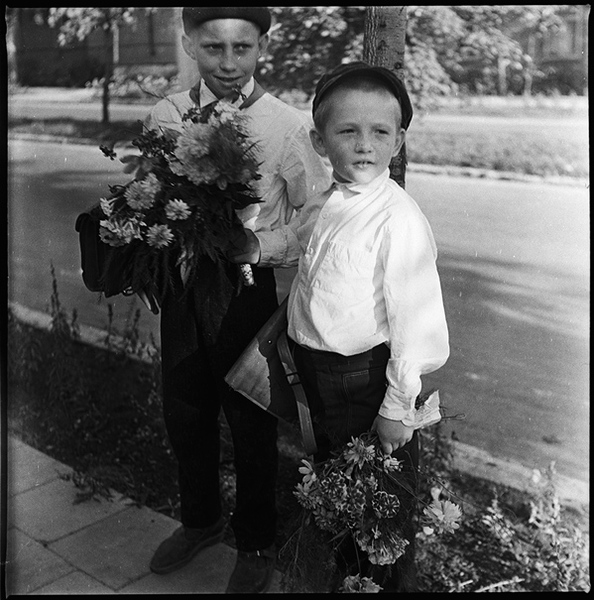
1st of September, Ignalina, 1964. Gelatin silver print. 40 x 40 cm. |
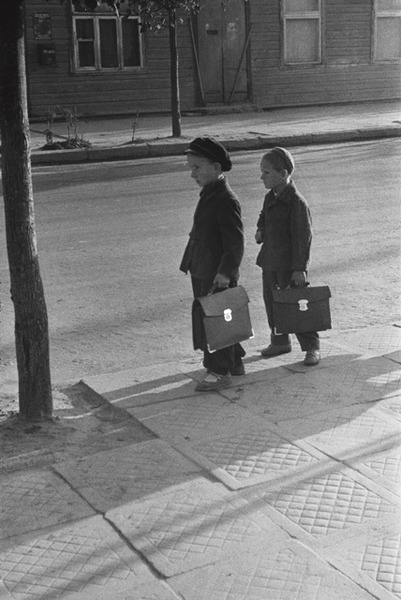
Children with book bags, Ignalina, 1964. Gelatin silver print. 50 x 40 cm. |
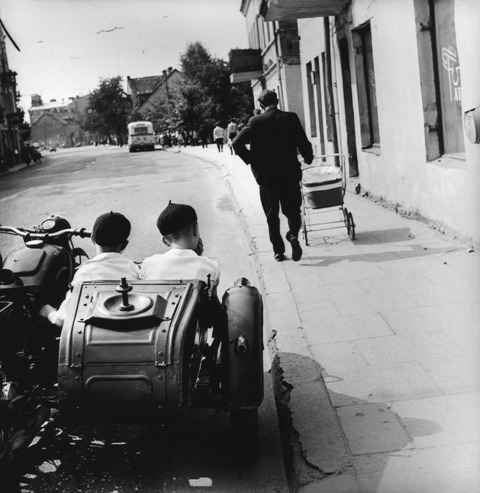
Brothers, Kalvariju Street, Vilnius, 1968. Gelatin silver print. 50 x 50 cm. |
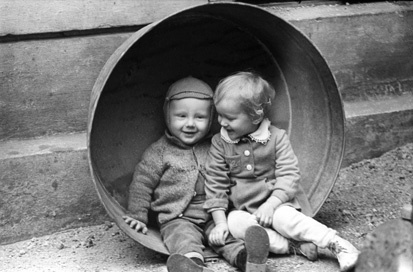
Children, Vilnius, 1960. Gelatin silver print. 40 x 60 cm. |
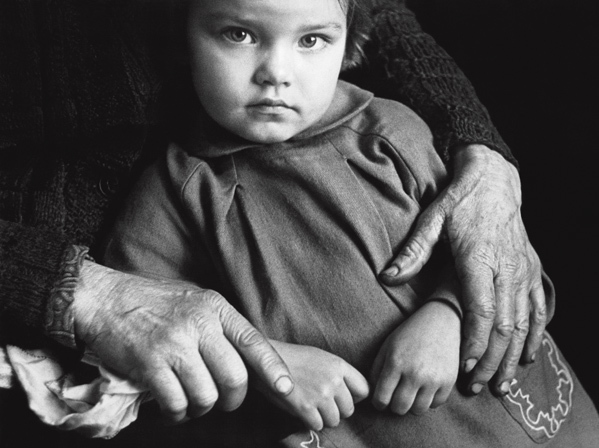
Hands, Jonava, 1963. Gelatin silver print. 40 x 60 cm. |
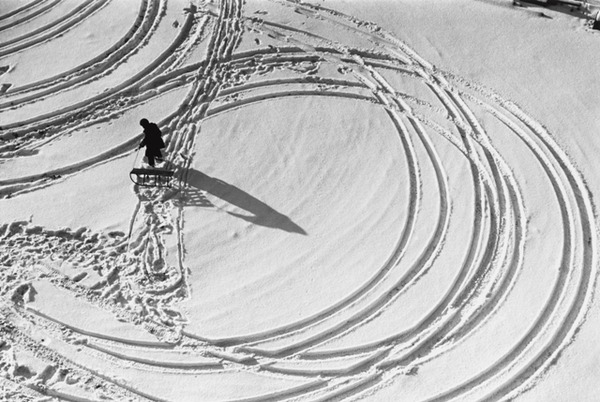
Winter Geometry, Vilnius, 1960. Silver Gelatin Print. 40 x 60 cm. |
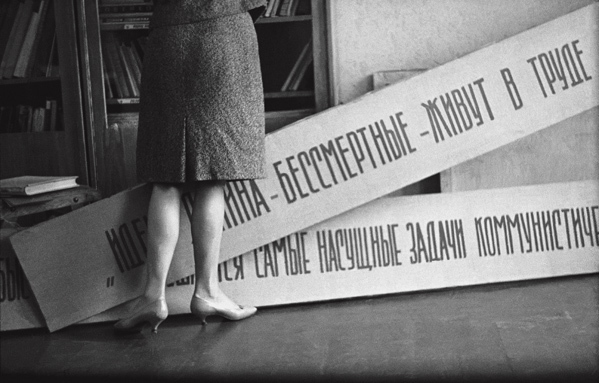
"Lenin's deals are immortal!", Vilnius, 1965. Gelatin silver print. 35 x 50 cm. |
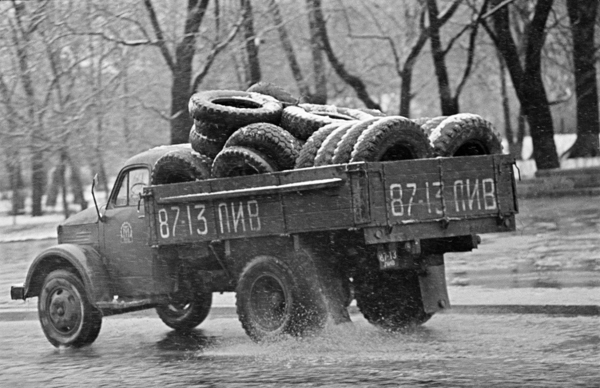
A truck, Vilnius, 1967. Gelatin silver print. 35 x 50 cm. |
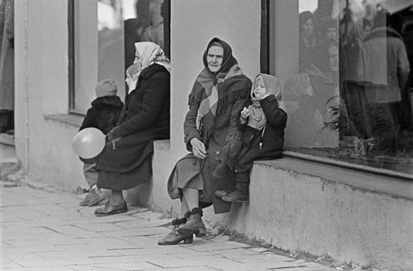
Grannies with grandchildren, Vilnius, 1963. Gelatin silver print. 35 x 50 cm. |
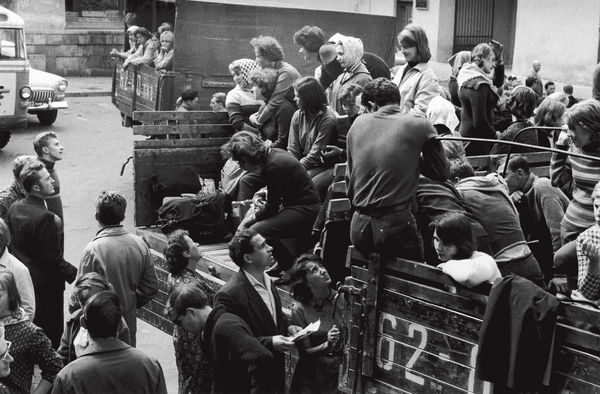
University Student’s Summer, 2. Vilnius, 1959. Gelatin silver print. 35 x 50 cm. |
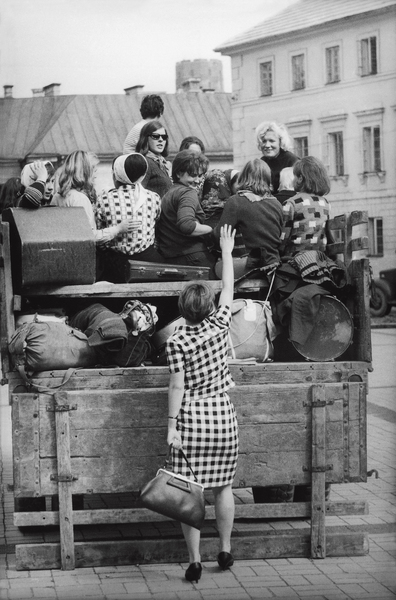
University Student’s Summer, 3. Vilnius, 1959. Gelatin silver print. 35 x 50 cm. |
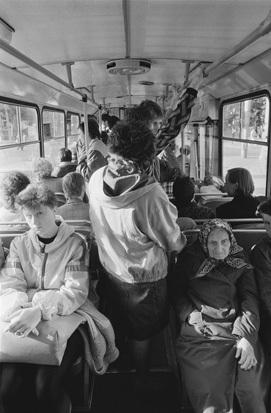
In a trolley-bus, Vilnius, 1963. Gelatin silver print. 50 x 35 cm. |
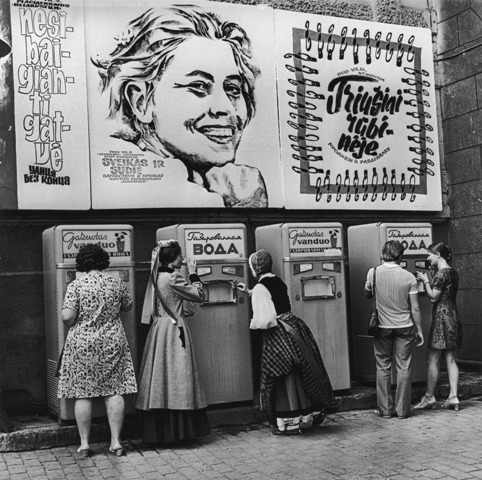
Song Festivals "Rabbits in a Dressing Room", Vilnius, 1970. Gelatin silver print. 50 x 50 cm. |
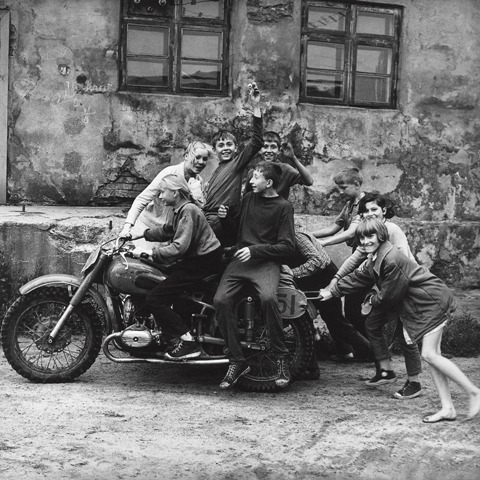
First Bikers, Klaipeda, 1974. Gelatin silver print. 50 x 50 cm. |
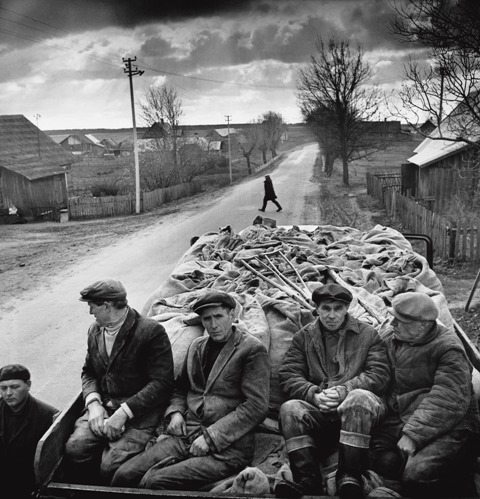
The Provinces, Dzukija, 1969. Gelatin silver print. 50 x 50 cm. |
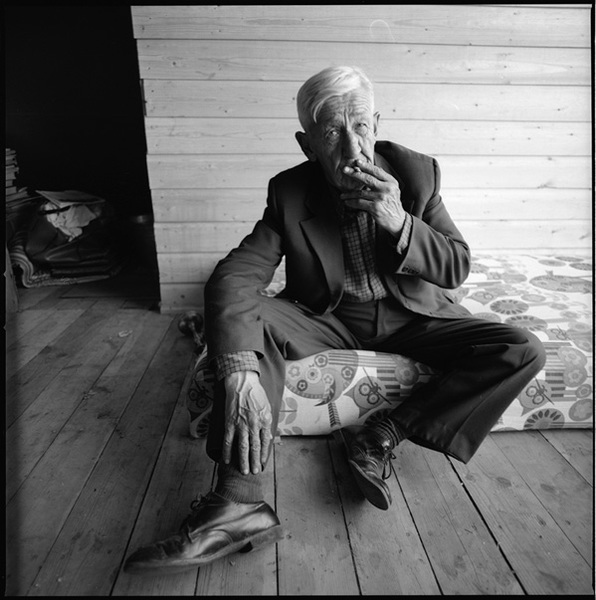
My Father-in-Law, Salakas, 1976. Gelatin silver print. 50 x 50 cm. |
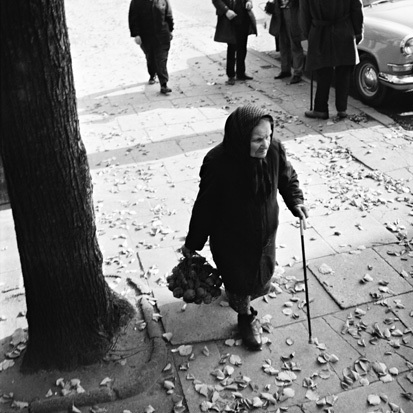
Old Woman in Autumn, Vilnius, Salakas, 1976. Gelatin silver print. 50 x 50 cm. |
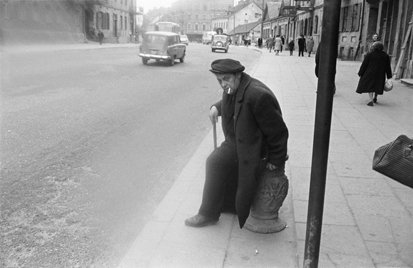
Kalvarijos Street, Hangover Morning, Vilnius, 1968. Gelatin silver print. 40 x 60 cm. |
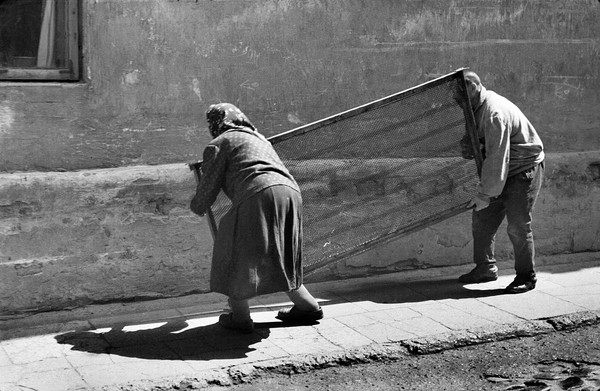
People Carrying a Bed, Vilnius, 1961. Gelatin silver print. 40 x 60 cm. |
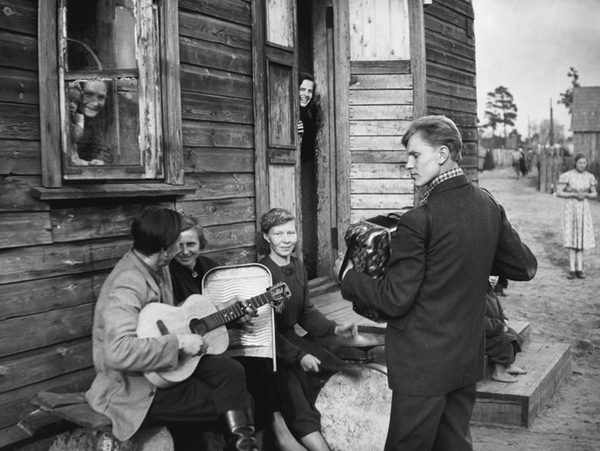
Sunday at the Workers’ Settlement, Eer?lis, 1953. Gelatin silver print. 40 x 60 cm. |
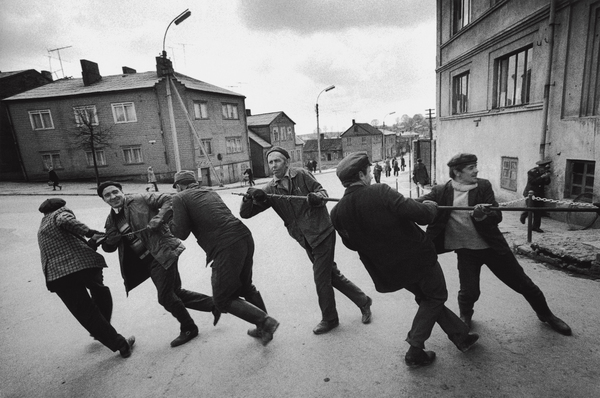
Street Workers, Plunge, 1972. Gelatin silver print. 40 x 60 cm. |
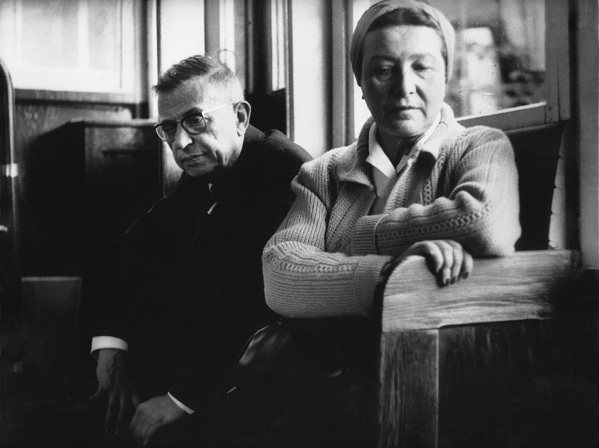
Jean-Paul Sartre and Simone de Beauvoir in Lithuania, 1965. Gelatin silver print. 50 x 60 cm. |
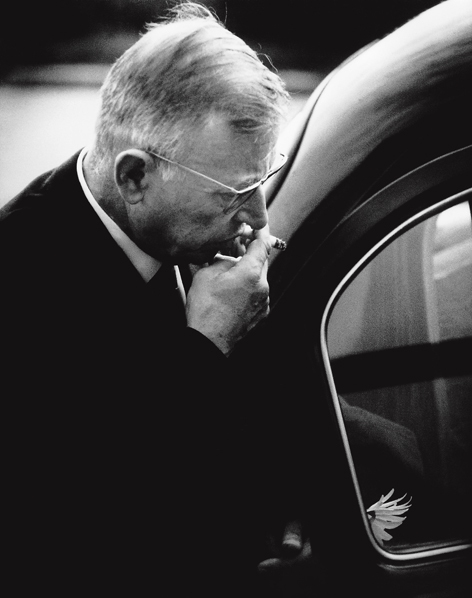
Jean-Paul Sartre and Simone de Beauvoir in Lithuania, Vilnius airport, 1965. |
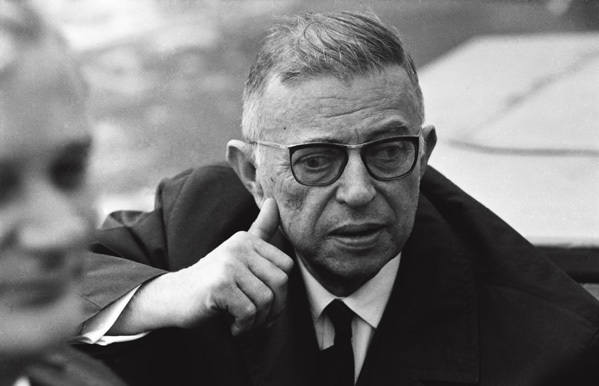
Jean-Paul Sartre in Lithuania, 1965. Gelatina de plata. 55 x 60 cm. |
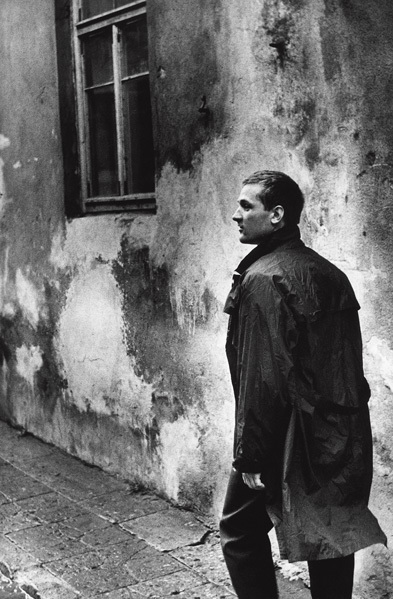
Artist Rimtautas Gibavicius, Vilnius, 1964. Gelatin silver print. 50 x 35 cm. |
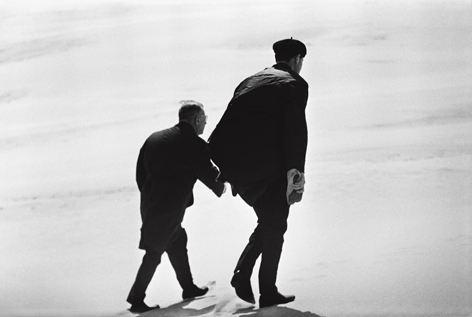
Jean-Paul Sartre in Lithuania, 1965. Silver gelatin print. 45 x 60 cm. |
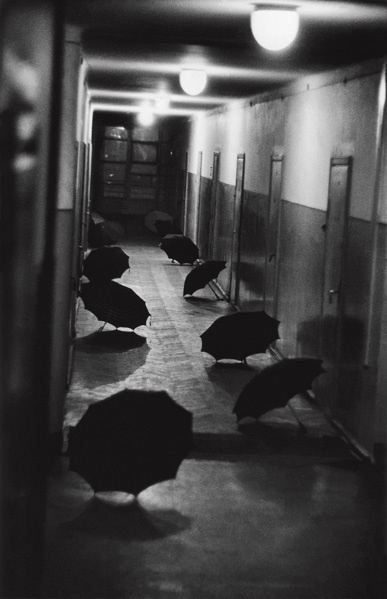
University Dormitory, Vilnius, 1964. Gelatin silver print. 50 x 35 cm. |
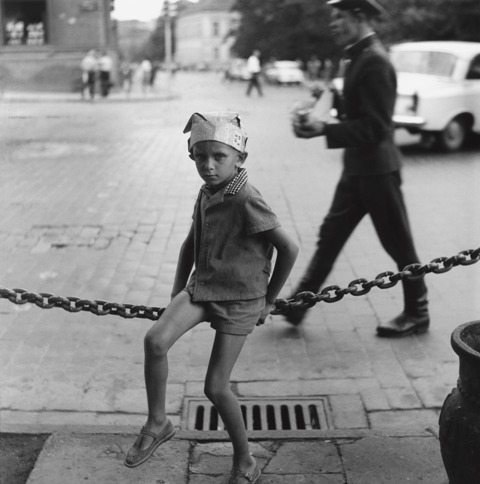
Boy with a Newspaper Hat, Vilnius, 1964. Gelatin silver print. 50 x 50 cm. |
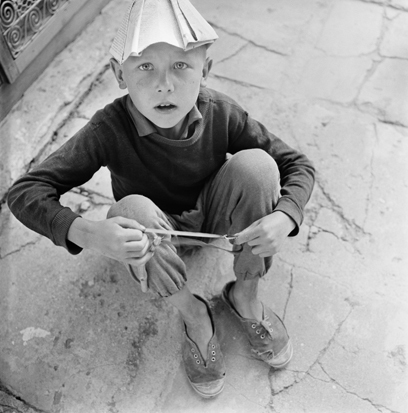
Boy from Zarasai, Vilnius, 1964. Gelatin silver print. 50 x 50 cm. |
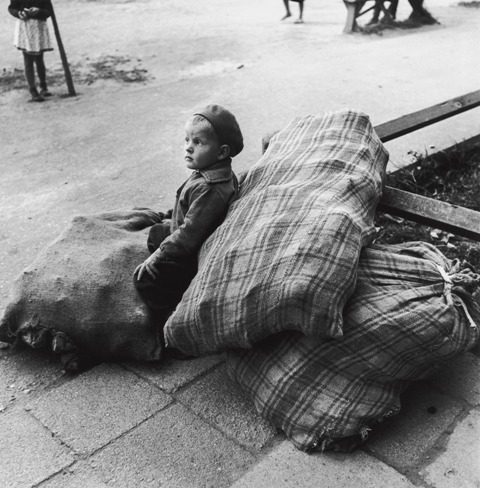
At the Hale Market, Vilnius, 1967. Gelatin silver print. 50 x 50 cm. |
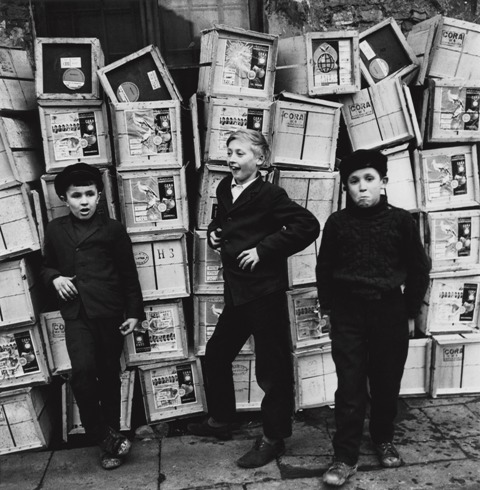
Oranges from Algeria, Vilnius, 1975. Gelatin silver print. 50 x 50 cm. |
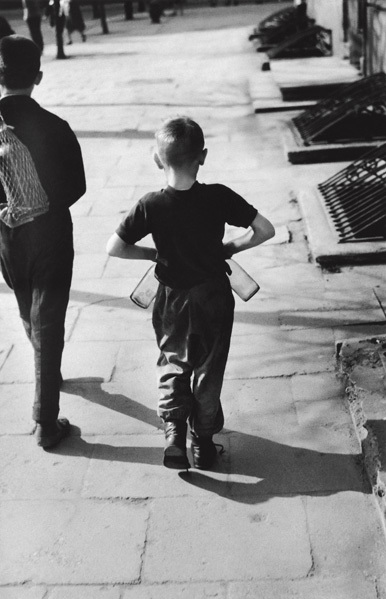
Boy with Empty Bottles, Vilnius, 1960. Gelatin silver print. 60 x 40 cm. |
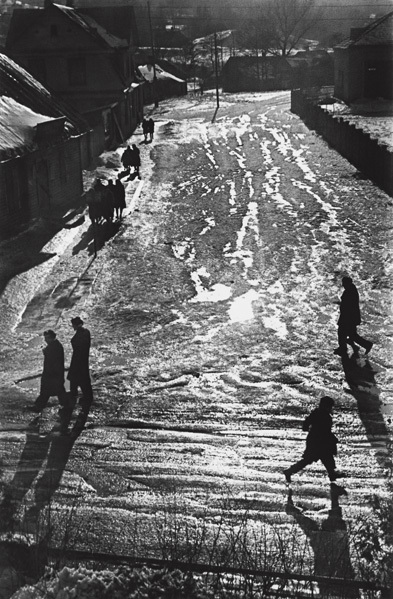
Spring/March, 1960. Gelatin silver print. 60 x 50 cm. |
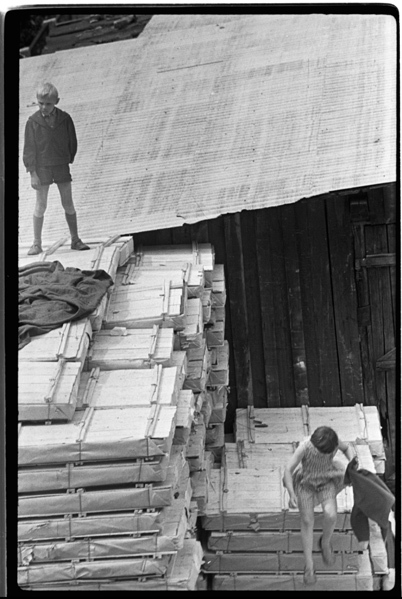
Children playing with a construction, Vilnius, 1963. Gelatin silver print. 60 x 40 cm. |
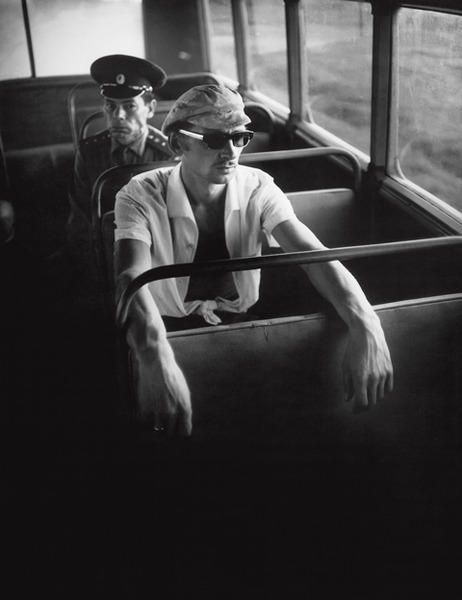
Pilot, Vilnius, 1972. Gelatin silver print. 60 x 50 cm. |
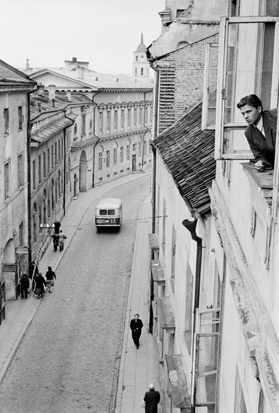
University Street, Vilnius, 1959. Gelatin silver print. 60 x 40 cm. |
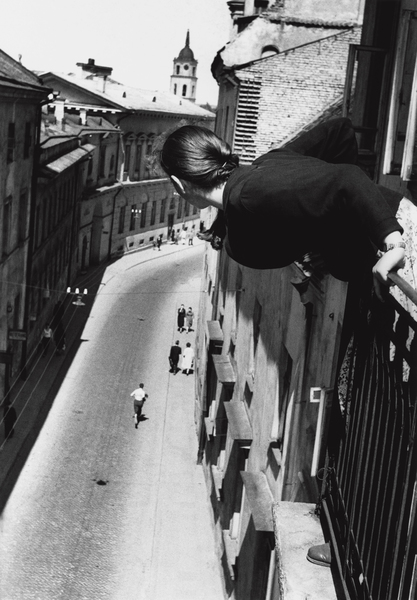
Marathon on University Street, Vilnius, 1959. Gelatin silver print. 60 x 40 cm. |
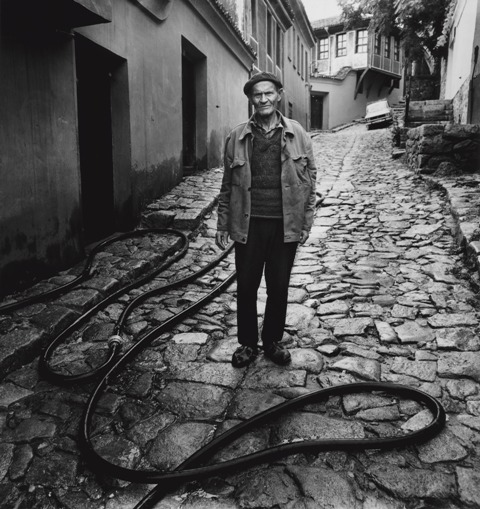
An old town of Plovorin, 1974. Gelatin silver print. 35 x 35 cm. |
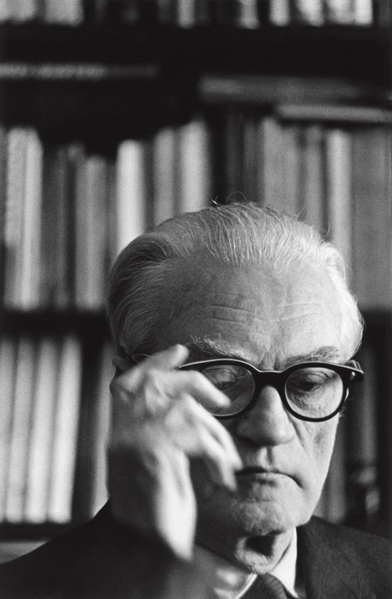
Writer Vincas Mykolatis-Putinas, Vilnius, 1961. Gelatin silver print. 50 x 35 cm. |
‘Daily life is a boring thing’ says Antanas Sutkus. But he doesn’t quite mean it. The statement is a provocation, a challenge to make us see as he does, and perhaps to make understand one’s self. This is born out in the photographer’s further suggestion that observation of daily life is ‘a form of meditation open to all of us’.
The work of Antanas Sutkus, awarded with the most prestigious photography honours and exhibited in countless museums around the world is a exceptional example of this. His gaze is steady and aestheticizing, holding his chosen subjects close. Author of more than 700.000 photographic archives about daily life during Communist Lithuania 1956 – 1989, this is going the first time those documents are going to be shown in Spain in a solo exhibition.
His photographs are beautiful, but they are not chocolate-box pieces produced without thought. Doubtless, there is formal appeal – his meditations have discipline. However, composition is not the key. The space between the camera’s lens and his vision has dissolved. Sutkus’ beauty is being at home in the world, with people. It is the practice of acceptance and empathy – a humanistic approach best demonstrated in his portraits of children and the elderly. Jonas Valatkevicius has noted that the photographer’s concern for individual characters always runs prior to socialist accoutrements. As much is evident in his profoundly affecting image The Blind Pioneer (1962), political interpretations aside, the portrait – like so many others from his archive – presents a singular mental state; a space of feeling.

